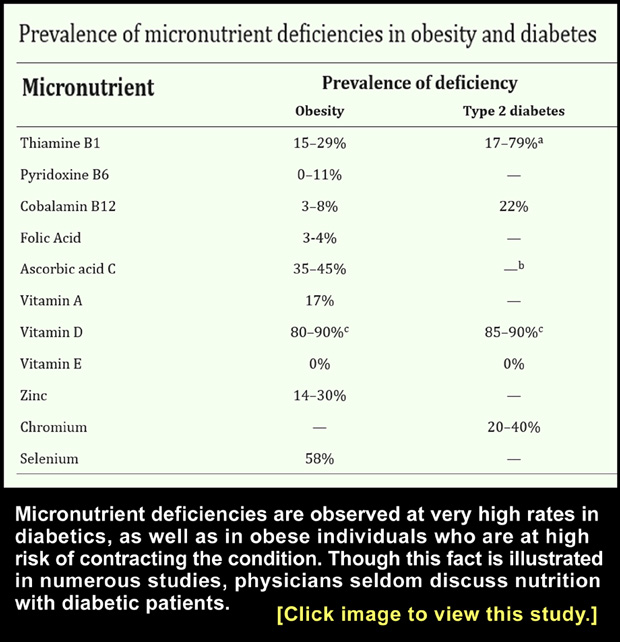According to new research published in The Lancet, the number of adults living with diabetes worldwide has surpassed 800 million. This number is more than quadruple the number recorded in 1990—and about 95% of these are lifestyle-induced type 2 diabetes.
The report—released on World Diabetes Day—paints a dismal picture with no end in sight for the skyrocketing rates.
The study reports that global diabetes prevalence in adults rose from 7% to 14% between 1990 and 2022. Meanwhile, in the U.S., the number of people with type 2 diabetes jumped by 20% in a decade.
While the report highlights the scale of the diabetes epidemic, the focus leans heavily on how “treatment gaps” affect “low and middle-income countries” more than in wealthier countries. Less attention is given to the fact that these same countries had LESS diabetes when they were poorer and had less access to processed foods.
Understanding how this happens is simple: One just needs to recognize that while people in most developing countries are consuming more calories today, a greater percentage of those calories are coming more and more from low-nutrition processed foods.
Heavily-processed foods are popular to both food manufacturers and consumers alike because they taste good—addictively so—and because they have a long shelf life.
Food manufacturers also like processed foods because they are more profitable than farmed foods.
This is why some experts say it’s not a “treatment gap” problem; it’s a “nutrient gap” problem.
Though the CDC website states, “You may be able to manage your diabetes with healthy eating and being active,” it has become almost politically incorrect to tell patients this. In fact, surveys show most people receiving a diabetes diagnosis leave their doctor’s office only with a prescription and no specific nutrition counseling.
This is what The Lancet means by treatment gaps. Diabetes is to be treated with pharmaceuticals—usually expensive insulin—not treated for free with lifestyle modification.
Not a new concept
Recognizing that diabetes is manageable is not new. Studies show inactive people have twice the risk of being diagnosed with diabetes compared to active people; and research has also shown that a modest intake of fruits and vegetables greatly diminishes the risk of diabetes.
The Centers for Disease Control website mentions exercise, weight management, eating a healthy diet, and reducing stress as ways of controlling diabetes.
Considering specific nutrients, more than a decade ago researchers at Albert Einstein College of Medicine had already identified a number of nutrient deficiencies linked to diabetes. Their conclusions were drawn from reviewing more than 50 studies.
Based on their extensive research, the scientiests attributed blame for the common nutrient deficiences to high consumption of processed foods, coupled with nutrient depletion of the world’s farmed foods:
“Modern agriculture and food processing techniques lead to a relative reduction in the micronutrient content of common foods. Despite an excess of dietary calorie intake, obese individuals have relatively high rates of micronutrient deficiencies.”
The New Kid on the Block
Vitamin K is best known for the role it plays in blood clotting; however, numerous studies have also demonstrated the significance of Vitamin K in controlling insulin resistance, glycemic state, and glucose metabolism.
In a 2023 study published in Cell Reports, researchers found the gamma-carboxylation reaction that promotes blood clotting is also important in the regulation of insulin secretion.
Is it possible that Vitamin K may become a superstar in the fight against diabetes?
Learn more about the two types of Vitamin K and the part they play in diabetes in our previous post here.
Common micronutrient deficiencies
The most common deficiencies, as reported in the Journal of the American College of Nutrition, included:
• Vitamin C
Vitamin C is a water soluble antioxidant vitamin that does not have significant body stores, so it needs to be consumed regularly. Vitamin C deficiency is high even in the general population (as high as 33% in some studies), and is especially high in diabetic patients (as high as 50%).
• Vitamin D
Vitamin D plays a critical role in insulin secretion and function, but studies show the prevalence of insufficiency (defined as <30?mg/dL) in at-risk obese individuals ranges from 80–90%.
• Chromium
Chromium is recognized as an essential trace metal required in the insulin signal cascade; however, individuals with type 2 diabetes have 20–40% lower blood chromium levels compared to healthy controls (and 40-50% lower when measuring via scalp hair).
• Biotin (Vitamin B7)
According to the researchers, patients with type 2 diabetes demonstrate lower circulating levels of biotin compared to healthy controls and an inverse relationship between biotin level and fasting plasma glucose.
• Thiamine (Vitamin B1)
Thiamine acts as a co-factor for several key enzymes in glucose and amino acid metabolism. Studies vary widely, but show deficiencies ranging anywhere from 17% to 79% in both overweight/at-risk individuals and diabetics.
Other micronutrients
Though the researchers noted there was less data available for other micronutrients, it still appeared there were consistent deficiencies in zinc, selenium, Vitamin A, folic acid, Pyridoxine (B6) and Cobalamin B12.
In fact, when examining all studies in totality there appeared to be some degree of deficiency in every nutrient except Vitamin E.
– – –
Do you want to know if you have nutrient deficiencies that put you at risk of diabetes and other diseases? Learn how you can get a customized supplement plan based on your own blood work. Click the banner ad on this page for more information.
– – –
Sources: The Lancet, ISRN Endocrinology, CDC.gov, JustAPedia.org.


